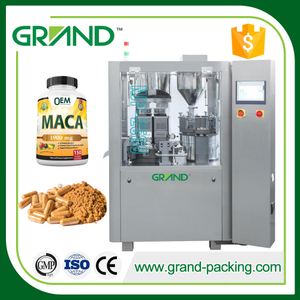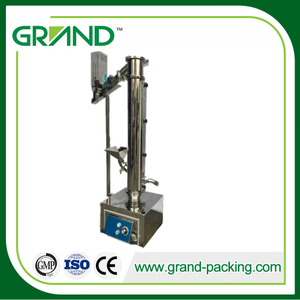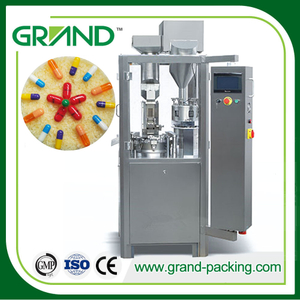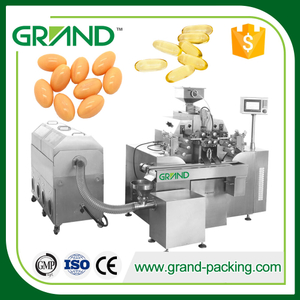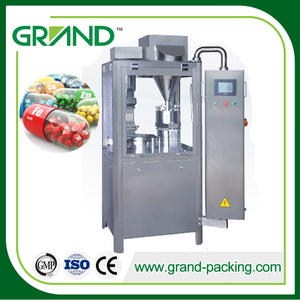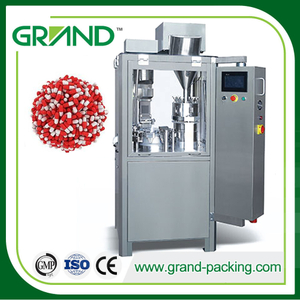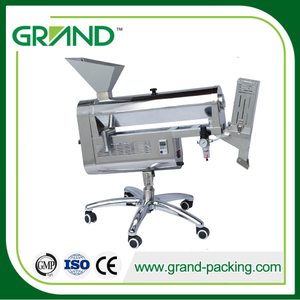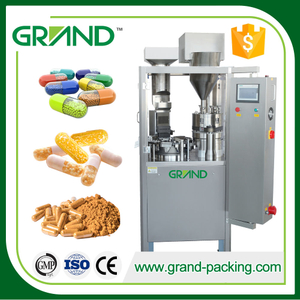How To Adjust The Filling Volume of A Automatic Capsule Filling Machine Views: 153 Author: Grand packing machinery Publish Time: 2025-05-16 Origin: Hunan Grand Packing Machinery
Adjusting the dose of a fully automatic capsule filling machine
I. Preparation Check Machine Status
Ensure the machine is powered off and in a stopped state.
Clean critical components (e.g., molds, filling rods, dosing discs) to avoid residual powder affecting accuracy.
Prepare Tools
Electronic balance (accuracy ≥ 0.01g), measuring tools, calibration weights.
Empty capsules (matching production specifications) and filling material (must meet process requirements, e.g., particle size, flowability).
Material Testing
II. Steps to Adjust Filling dose 1. Adjust Filling Rod Height (Coarse Adjustment) 2. Adjust Dosing Disc Thickness (Fine Adjustment) 3. Adjust Filling Speed (Auxiliary Adjustment) 4. Test Run & Weighing Manually fill 10–20 capsules and weigh each.
Calculate average weight. If outside target:
Repeat until weight stabilizes within ±5% of target (e.g., 285–315mg for 300mg target).
III. Key Considerations Material Properties
Poor-flow powders (e.g., fine herbal powder) may require vibration assistance or forced-feeding mechanisms.
Segregation-prone blends (e.g., granules + powder) need optimized mixing.
Machine Calibration
Process Validation
After 30 minutes of continuous operation, sample again (typically 20 capsules) to confirm stability.
Record adjustment parameters (e.g., rod height, shim thickness) for future reference.
Regulatory Compliance
IV. Troubleshooting Unstable Weight : Check for material clumping, loose molds, or air pressure fluctuations (pneumatic models).
Capsule Damage : Excessive rod pressure or mismatched capsule size.
High Variability : Material segregation—optimize mixing or add flow aids.
V. Safety Notes Always power off before adjustments to avoid pinch injuries.
Wear dust masks, especially for toxic or irritant powders.
By systematically following these steps, capsule filling volume can meet specifications. If issues persist, consult the Migrand’s technical support.
Video of How to Adjust the Filling dose of Automatic Capsule Filling Machine

 English
English


